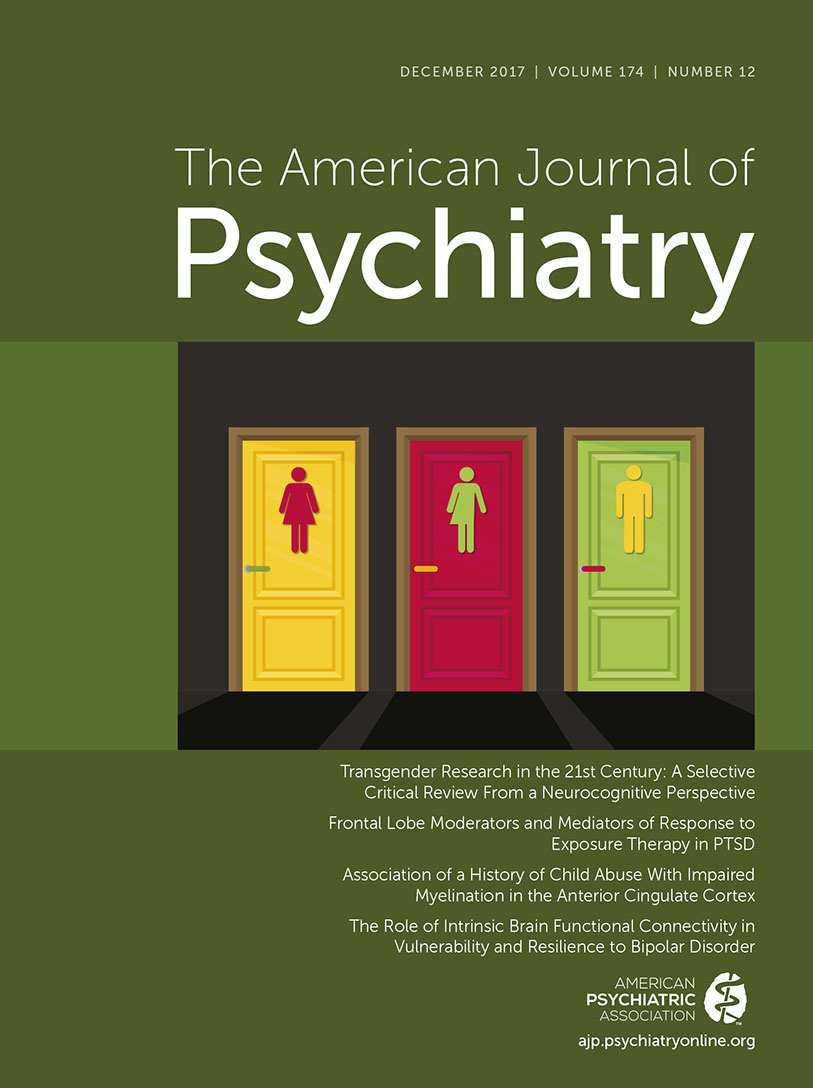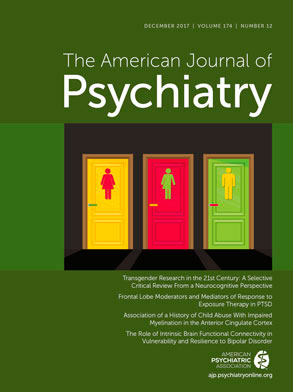In February of 2011, I was about to lose my whole family to genocide. The Arab Spring was in full gear. The streets of Benghazi, Libya, became full of dead bodies, and the smell of gunfire, smoke, blood, and death dominated the air and the gray skies of the exhausted city. I frantically tried to reach my family and finally got connected with my mother, who told me how much she loved me and that she was proud of me and that we will meet again in heaven. The echo of her words and her trembling voice haunted me for a very long time in my dreams.
Fast forward, and the picture is not very different 6 years later. Chaos and greed replaced tyranny and dictatorship as the norm, and people kill each other for reasons they themselves cannot explain or understand.
What is the role of psychiatrists in disasters like this, and what can we do in the face of mass violence while tending to our own wounds? The answer is complex. I am humbled to have had the honor of helping trauma survivors in war zones and refugee camps. The approach I took was strength-based and future-oriented, helping people connect to their inner resources and psychosocial support network. I explored the trauma story through art and play therapy activities, cried and held hands with communities that grieved and healed together, and used dialogue as an important tool in nonviolent conflict resolution.
I found it critical to focus most of my attention, time, and energy on the youth. I found activities that involved women and children to be the most successful in the healing and rebuilding process. When a group of fighters came to the “psychosocial tent” where I was conducting play and art therapy with orphans and their caregivers, they asked me to go fight with them on the front lines. I told them that I have no intention of or interest in having blood on my hands and that the tent was my front line, that was the way I fight, to combat hate with LOVE (Listening, healthy Options, Validating the survivors’ experience, and Empowering them through making them part of the solution).
It is relatively easy to work with trauma survivors if we as therapists know our boundaries when listening to their painful stories. The emotional toll on the psyche of the gentle therapist can be overwhelming; it is vital to tend to one’s basic needs and personal care to prevent or reduce compassion fatigue, provider burnout, and vicarious trauma. My catharsis was in academic detachment (I wrote a few books in order to heal my own PTSD [
1]), but forgiveness I believe provided the most help to my mental health and peace of mind. My wife and I lost family members and friends to this nonsense, but I wanted to celebrate their lives, not their death. I recommend a similar approach to my colleagues when responding to human violence. We cannot heal people by taking sides; rather, we must give them safe spaces for honest conversations so that they can make meaning of their trauma story, write their own narrative, strive to make and accept amends, and find forgiveness and eventually move toward closure.
The field of psychiatry took a very clear, strong, and commendable stand regarding participation in torture and unethical interrogation practices. Its position is also solid on empathizing with and supporting victims and survivors of violence and trauma. A less comfortable discussion has been around working with predators. It is difficult enough containing our countertransference as therapists encountering those who inflict pain and suffering on others. Ask most mental health providers about their comfort level while having a session with a serial rapist, a child molester, a sex offender, or a violent domestic partner, not to mention an individual engaged in the horrific crime of incest; one can only imagine what would it be like talking to a terrorist.
Violence does not happen in a vacuum though. We will be unable to work on realistic solutions to this ugly pandemic unless we first take a deep breath, then look more closely at the human behind the mask of labels. Would you have it in you to look at predators from a different angle and maybe try your hardest to see their suffering as well, through a lens of compassion? This is extremely hard to do; you might have to bite your tongue and fingers and chew on the inside of your lips, and you have to work hard on regulating your own affect. If you choose to do this difficult work, then you need to carefully monitor your stress level and be kind and gentle in addressing your own needs. If you feel that you are unable to see every predator you come across as nothing but a criminal or a psychopath, then it is better to refer them to someone else or seek consultation.
Predators are opportunistic when it comes to choosing their victims. Youth are particularly vulnerable given the difficult times we live in and the daily challenges they face, where misguided ugly groups use twisted agendas to ignite destructive fires that burn everything and everyone in their way. Terrorism has no religion, anyone can take a text out of context and misquote a scripture to support or prove a point. To paint a whole group of people with one brush is to feed into the very mentality of hate mongers and bigots.
In some cases, the approach suggested here might not be appropriate for predators; they will have to go through the right channels within the parameters and boundaries of the law.
Youth prone to violence need to be sat with, listened to, talked with, counseled, and guided. Every lost soul is a waste of an infinite wealth of potential and a shame on all of us.
The way to win the hearts of our troubled youth is to involve and empower them—in other words, to make them part of the solution, not only part of the problem.
This can be done through comprehensive programs that at a minimum should address the youths’ safety (physical and emotional), fulfill their basic needs (of having a voice, freedom, housing, education, and decent living), and explore what the beautiful face behind the mask of pain and dysfunction can bring to the table and add to the harmonious mosaic (
2).
Through linking youths to compassionate systems of healthy education and nurture, we can face these issues head on and use early prevention, rather than late intervention, to lead them back to the path they were created for, to worship God and serve His creation, and to make the world a better place.
People “act out” or regress when their sense of safety or identity is threatened, or when they feel out of control. We need to give them healing spaces that provide a sense of dignity, normalcy, and balance; to provide them with avenues for healthy expression and release of strong emotions; to challenge their distorted thoughts and channel their behaviors into more productive, cooperative, and collaborative paths, rather than competitive self-centered ways; to reconnect them with their core beliefs about their own identity, duty toward family, community, society, and humanity, and their spirituality; and to invite and value their ideas, talents, and contributions. This is the approach that would prove to have a long-lasting impact on their psyche and allow them to feel empowered, to forgive and be forgiven, to heal, to rehabilitate, and to reintegrate and be productive members in the rebuilding process. Maybe when we look “others” in the eye, listen to their suffering, and are willing to consider forgiveness, maybe then they in turn find their own humanity.
That, in my opinion, is a much better option than the ugly alternatives of building walls, pointing fingers, isolating, alienating, blaming, and dehumanizing the “other” or following the belief “You are either with me or against me, either a friend or a foe.”
Given that they are usually the ones most burnt by its fire, youth need to take an active role in any discussion around violence and be the driving force toward eradicating that pandemic. The fire of violence cannot and shall not continue to be fueled with the bodies of our youth (
2).

